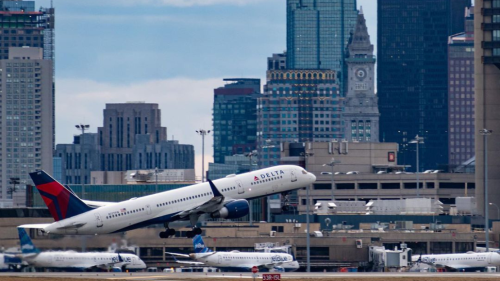It’s Presidents Day — aka Washington’s Birthday — so while the Public Garden undergoes renovations, let’s talk about its iconic George Washington statue.
Where did it come from?
According to the Smithsonian, the sculpture was commissioned in 1859. Most statues in the US at this time were cast in Europe, but commissioners envisioned a piece funded, modeled, and cast in Massachusetts. Charlestown artist Thomas Ball was chosen as its sculptor.
After raising $10,000 towards the statue’s $42,000 price tag at a “Washington Statue Fair,” the public and the City of Boston picked up the rest of the bill. It went up in 1869 with a 13-gun salute.
Who takes care of it?
From time to time (for example, back in May) you may notice scaffolding around the equestrian statue. Since it’s constantly exposed to the elements, it requires constant upkeep.
Daedalus, an art restoration contractor, has been caring for the sculpture since 1984. Friends of the Public Garden also advocate for the sculpture’s care, as well as other renovations — like those currently underway.
Why does it matter?
Boston is a city of firsts: one of the US’s first locally cast sculptures, depicting its first President in its first public botanical garden. Statues like this one remind us of our long history.
At the same time, no one statue tells the whole story of Boston. Last week in the Massachusetts Senate chamber, officials unveiled a bust of Frederick Douglass, whose ideas paved the way for the next century of civil rights. Joining existing statues of Washington, Benjamin Franklin, and Abraham Lincoln, the bust of Douglass is the first state-commissioned bust of a Black leader in the State House.
According to Senate President Karen Spilka, it was placed in an alcove left empty for an important figure of color. A committee is being assembled to determine which woman leader will occupy the remaining space.










